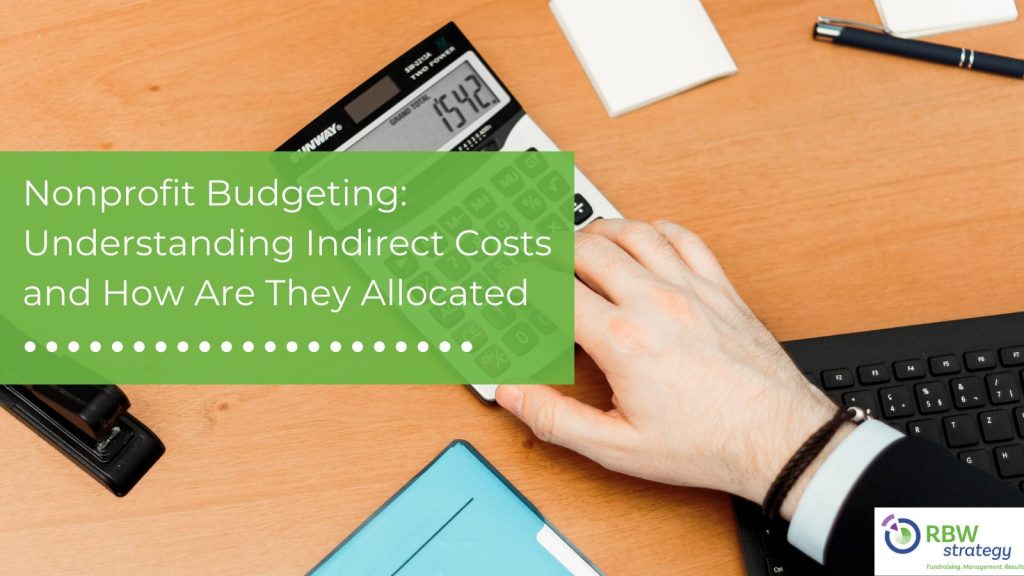Nonprofit Budgeting: Understanding Indirect Costs & How Are They Allocated

Job costing is a tedious, yet necessary process. It’s critical in ensuring your business is making data-driven decisions. For nonprofits specifically, it can make or break your efforts in securing funding for the coming quarter, month, and/or year. Cost allocation is the best way to make sure your nonprofit is spending its funds accurately, staying compliant, fulfilling the organization’s goals and mission, and optimizing funds in the most efficient way possible.

What are indirect costs and cost allocation?
Indirect costs are finances that can’t be allocated to a specific product, project, service, etc. This includes costs that are associated with running the nonprofit as a whole, such as administrative salaries, rent, office supplies, etc. It’s hard to break these items down into allocations, because they’re used for both administrative purposes and other programs.
Cost allocation is the process of assigning costs to a specific area of the business. In a nonprofit, this might include projects, departments, or fundraisers. Unlike direct costs, assigning indirect costs isn’t so black and white. For example, say your nonprofit is hosting a fundraising event. The table rentals are going to be a direct expense, because you know exactly what event they’re being used for. However, you also have to think about things like staff hours worked. Whoever is in charge of your nonprofit’s expenses needs to know what percentage of costs are associated with the time spent on planning and hosting the event.
How are nonprofits overcoming cost allocation challenges?
For nonprofits, how indirect costs are allocated will rely heavily on the organization’s sources of funding. However there are a few basic approaches you can take, regardless of the funding source.
- Cost allocation plan. This is a good plan to put in place if your nonprofit isn’t receiving funding from government sources. This plan consists of creating estimated indirect costs, and then uses estimated percentages to separate the costs into categories. If your nonprofit has multiple programs in place, this might affect how indirect costs are broken down. This plan is a good way to gain a holistic perspective on what budgeting improvements can be made for individual projects, and for the organization as a whole.
- Indirect cost rate. If your nonprofit is receiving government funding, you might choose to allocate costs differently. These funders are required to provide indirect costs off of a predetermined rate called the indirect cost rate (ICR). This rate is determined based on your nonprofit’s past indirect allocations, although this isn’t the end all be all rate. When a specific dollar amount is given to a nonprofit organization, the government will typically reimburse direct and indirect expenses up to a certain amount. Using an ICR causes nonprofits to rethink the way they budget. Since they aren’t allocating some of the indirect expenses to specific funding sources, they have to use a rate-based amount from funders to go towards indirect expenses. This is a trickier way to allocate, and if it isn’t done correctly, nonprofits can run the risk of losing money.
Accurate cost allocation is not only important for attracting stakeholders, but for creating cohesiveness for board members. If everyone has a clear understanding of cost allocation, the board can work together to minimize overhead costs and improve operational processes.
If you’re looking for grant management services, look no further! RBW Strategy’s mission is to provide public-serving organizations of any size with high-quality, customized strategic fundraising consulting services. Learn more about working with us, and contact us today!
